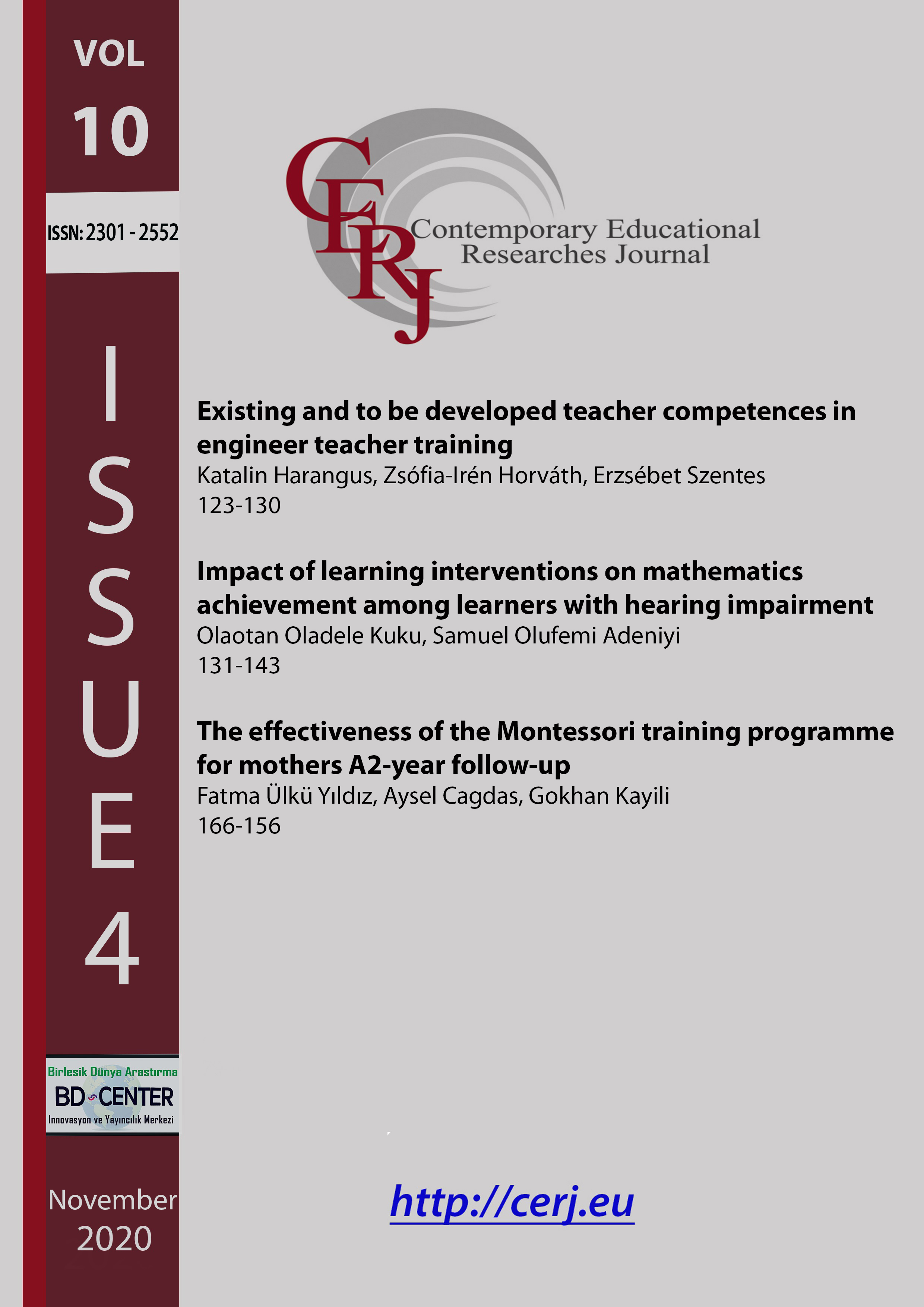Existing and to be developed teacher competences in engineer teacher training
Main Article Content
Abstract
Teacher competences are made up of abilities, skills and other knowledge and behaviours that teachers need to carry out well as a teacher. The effective establishment and development of these should therefore be a key objective of teacher training. In this paper, we present what engineering undergraduate students in teacher training consider to be the current and expected level of competencies they need to have in their teaching profession. The survey included students who already acquired professional methodology and knowledge during their training. The measurement instrument contained a list of competences, including key competences proposed by the European Council, as well as student competencies and knowledge that we consider essential for an engineering teacher. The results highlight the competences that need to be developed in teacher training so that students can meet professional expectations and challenges as a practicing teacher.
Keywords: Teaching competences, key competences, teacher training, engineering students.
Downloads
Article Details

This work is licensed under a Creative Commons Attribution 4.0 International License.
Authors who publish with this journal agree to the following terms:
- Authors retain copyright and grant the journal right of first publication with the work simultaneously licensed under a Creative Commons Attribution License that allows others to share the work with an acknowledgement of the work's authorship and initial publication in this journal.
- Authors are able to enter into separate, additional contractual arrangements for the non-exclusive distribution of the journal's published version of the work (e.g., post it to an institutional repository or publish it in a book), with an acknowledgement of its initial publication in this journal.
- Authors are permitted and encouraged to post their work online (e.g., in institutional repositories or on their website) prior to and during the submission process, as it can lead to productive exchanges, as well as earlier and greater citation of published work (See The Effect of Open Access).
